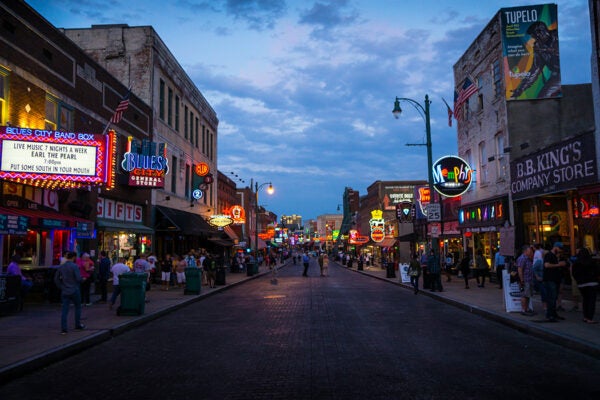The future of COVID-19 (The Atlantic)
by Ed Yong
How bad are things going to get? When can we go back to normal? How will living through this pandemic change the United States and the world? There are no clear answers to any of this, but we can at least figure out some likely scenarios.
And here come the locusts (The Guardian)
by Kaamil Ahmed
As if all this weren’t enough, climate change has loosed swarms of locusts in the Arabian Peninsula and parts of Africa. The insects could make it hard for millions of people to get enough to eat.
What do elephants want? (Smithsonian Magazine)
by Jennie Rothenberg Gritz
To protect elephants, scientists are learning how they think. And it turns out, different elephants have different styles.
Lessons from 1918 (NPR)
by Shankar Vedantam, Rhaina Cohen, Tara Boyle, and Jennifer Schmidt
Until this year, most of us probably hadn’t thought much about the flu epidemic of 1918. How did that pandemic change the world? And why does it play such a small role in the historical stories we tell?
Don’t blame the pangolin (The New York Times)
by James Gorman
The adorable, endangered pangolin carries viruses that are similar to novel coronavirus. But there’s no real evidence that they were a “missing link” in its transmission from bats to people.
Got a hot tip about a well-researched story that belongs on this list? Email us here.






